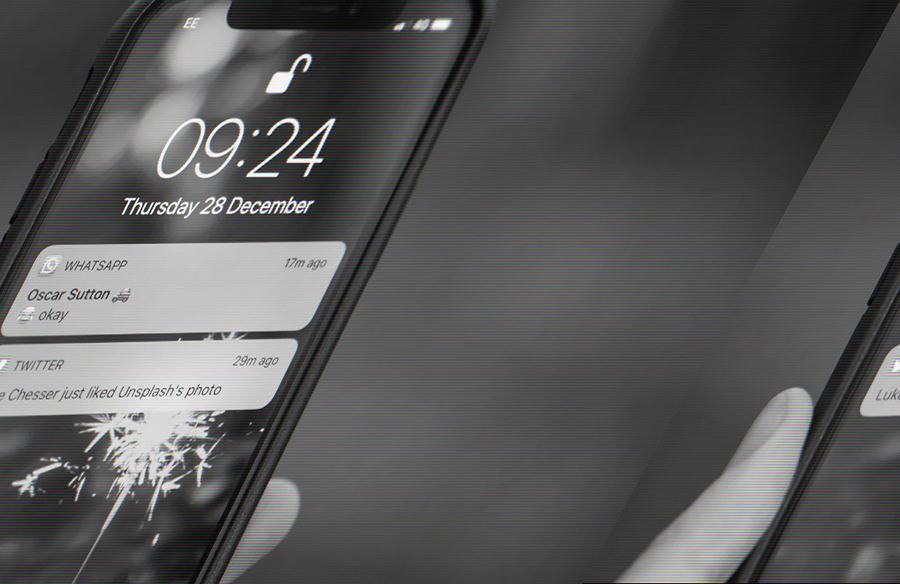Building a Secure Medical Mobile App: A Comprehensive Guide

Introduction
With the proliferation of mobile technology, consumers are increasingly empowered to take charge of their healthcare decisions. This trend has led to the integration of mobile health (mHealth) solutions into healthcare practices, enabling patients to access health records and interact with care providers through mobile apps. However, given the sensitive nature of healthcare data, it is imperative to prioritize security when developing medical mobile apps. This article outlines six crucial steps to ensure the security of such apps.

Step 1: Research Regulatory Compliance
As healthcare information technology continues to evolve, regulatory bodies worldwide have implemented laws and policies governing the handling of sensitive patient data. Developers must ascertain whether their app falls under specific regulations based on its functionality, usage region, and the type of data it handles. Compliance with regulations such as HIPAA (US), GDPR (Europe), or PIPEDA (Canada) is essential to ensure the safety and legality of medical mobile apps.
Step 2: Implement Encryption for Security
Trust is paramount in healthcare apps, especially concerning patient health information. Encryption serves as a robust mechanism to safeguard sensitive data, whether at rest or in transit. Employing encryption protocols such as Transport Layer Security (TLS) ensures data privacy and integrity between the app and its server, mitigating the risk of unauthorized access or data breaches.
Step 3: Enhance Security with User Authentication
Multi-factor authentication (MFA) adds an extra layer of security by requiring users to provide multiple forms of verification before accessing app data. Two-factor authentication (2FA), a subset of MFA, is particularly effective in ensuring only authorized users gain access. Choosing the appropriate authentication method based on usability and security goals is critical for medical mobile apps.
Step 4: Conduct Comprehensive Testing
Thorough testing is indispensable to identify and rectify vulnerabilities in medical mobile apps. Security testing, in conjunction with quality assurance testing, helps uncover potential flaws in operating systems, application logic, or data storage. Adhering to security standards and conducting penetration testing can preemptively address security vulnerabilities and ensure app robustness.
Step 5: Guard Against Potential Threats
Understanding potential threats, such as hacking or social engineering attacks, is essential for fortifying medical mobile apps against security breaches. Measures like secure transmission protocols and vigilant monitoring can thwart attacks like man-in-the-middle attacks or phishing attempts. By proactively addressing security threats, developers can safeguard sensitive healthcare data from malicious exploitation.
Step 6: Ensure Long-Term Support
Continuous maintenance and support are imperative to sustain the security and functionality of medical mobile apps over time. Regular updates, monitoring of security metrics, and adherence to evolving security protocols are essential post-release activities. Collaborating with experienced development teams ensures ongoing support and timely response to emerging security challenges.
Conclusion
Building secure medical mobile apps demands a meticulous approach to regulatory compliance, encryption, authentication, testing, threat mitigation, and long-term support. By prioritizing security throughout the development lifecycle, developers can instill trust among users and foster widespread adoption of healthcare apps. Ultimately, robust security measures enable medical mobile apps to fulfill their role in facilitating secure and seamless interactions between patients and healthcare providers.










